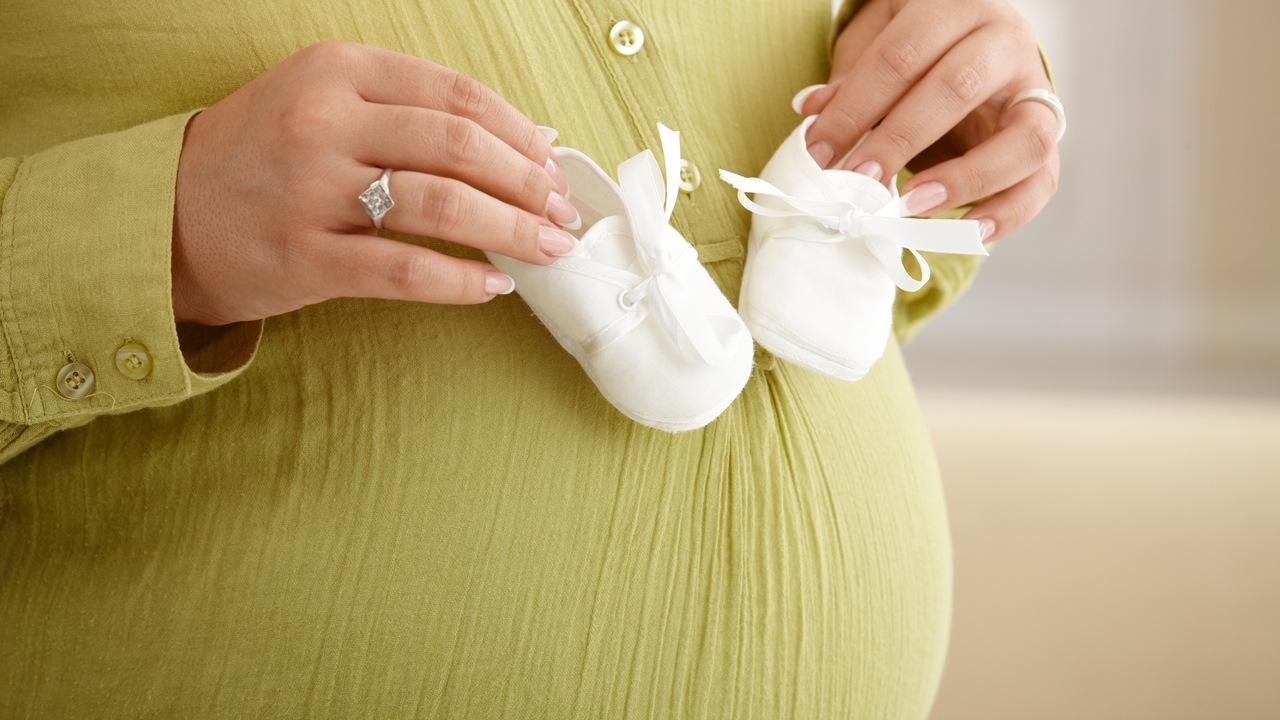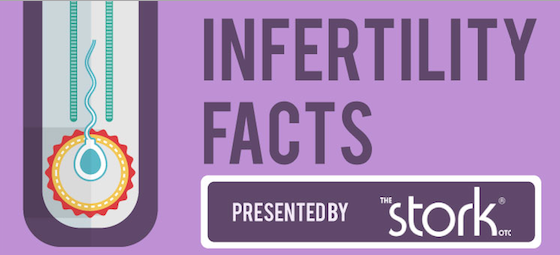 MonkeyBusiness Images/PhotoSpin
MonkeyBusiness Images/PhotoSpin
Fertility statistics are a little difficult to track as many women or couples may choose to try only the old-fashioned way, and proceed no further.
The most recent statistics indicate that 6.7 million women in the United States between the ages of 15-44 years old have fertility challenges, as reported by the Centers for Disease Control and Prevention.
The CDC also reports that 7.4 million women ages 15-44 years old have used a fertility service.
Fertility services include everything from meeting with a specialist (gynecologist, endocrinologist or urologist) for an initial screening, to full-blown assisted reproductive technology. The goal for all of this is the same — a healthy baby!
Fertility treatments have come a long way. Here are three innovations in the field that may help you expand your family.
1) The Eeva test
Statistics show that if 100 couples go through 1 cycle of IVF, 90 percent will have an oocyte (immature ovum) development but then from there only 36 percent of embryos will actually implant and from those that implanted, only 37 percent will result in a live birth.
Embryologists have been choosing which eggs to implant based on subjective evaluations of how the embryo appears at the time for implantation. This method may not lead to successful implantation and growth of the egg.
The Eeva test is a non-invasive FDA-approved time-lapsed imaging of the embryos during incubation. By recording and analyzing the development of the embryos, it is able to determine which embryos are categorized as having high or low potential.
Because this test uses a time-lapse video instead of a fixed time, embryologists stand an even better chance of choosing the embryos with the highest potential for bringing home a healthy baby.
2) Preservation
While not new, this innovative technology has been steadily increasing in use as both men and women are choosing to freeze their eggs, sperm, embryos, and/or ovarian tissue for a variety of reasons in order to have a family later in life.
For women, the younger the egg, the higher the chance they have of becoming pregnant and carrying to term. The chances of pregnancy decrease steadily after 30-35 years old and are extremely difficult after 42 years old with their current egg status.
Certain situations, such as chemotherapy and radiation, can render a person infertile due to the side effects of those medications. Other people want to preserve their chances early when they are younger and perhaps healthier.
Much like other aspects of fertility treatment, preservation often costs several thousand dollars and is rarely covered by insurance.
3) Intracytoplasmic sperm injection and the protein Juno
For those experiencing spermatic problems, the popular ICSI procedure directly places a single sperm into an egg. This allows for bypassing the process by which the sperm must literally penetrate the outer layer of that egg in order for fertilization to occur.
In 2005, Japanese researchers found Izumo, the protein on sperm that must be recognized by its counterpart on the egg. Not until 2014 did researchers realize a folate receptor 4 found in 2000 was that counterpart — they renamed it Juno after the Roman goddess of fertility.
When Juno recognizes Izumo on the sperm, the process of fertilization occurs. This may lead to additional treatments in the future to help with fertility and encouraging natural fertilization.
If fertility is something you struggle with, or if you were thinking of delaying your family, talk with your health care provider today about your options. The earlier the better.
Sources:
1) Centers for Disease Control and Prevention. (2015). Infertility. Retrieved from
http://www.cdc.gov/nchs/fastats/infertility.htm
2) Dunham, W. (2014). Scientists Find Protein That Lets Egg and Sperm Hook Up. Retrieved from
http://www.medscape.com/viewarticle/823727
3) Eeva Test. (2015). FAQs. Retrieved from
https://www.eevatest.com/faqs
4) Ezcurro, D. (2014). Innovation in Fertility. Retrieved from
http://aspirecongress.org/wp-content/uploads/2014/02/Innovation-in-ART-Diego-Ezcurra.pdf
5) Lee, S., Song, J., Ku, S., Kim, S., and Kim, T. (2012). Fertility preservation in women with cancer. Retrieved from
http://www.ncbi.nlm.nih.gov/pmc/articles/PMC3398116
Reviewed April 15, 2015
by Michele Blacksberg RN
Edited by Jody Smith






Add a CommentComments
There are no comments yet. Be the first one and get the conversation started!